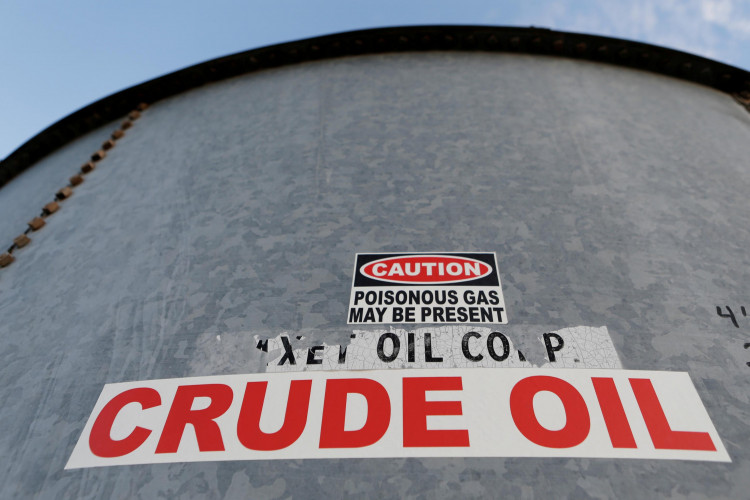Oil plummeted to a 17-year bottom as lockdowns due to coronavirus rippled through the biggest economies, leaving the market flooded by nosediving demand and a skyrocketing crude glut.
London's futures have sunk to the lowest by as much as 7.6 percent since November 2002, while New York's crude slipped briefly below $20 per barrel.
Industrial oil markets are scrambling to stockpile on petrol, struck by a double whammy of virus constraints weakening demand, and a harmful market share battle between Saudi Arabia and Russia that has posted worst-quarter prices on record.
The crude oil metrics increased the writedowns last week as the global pandemic intensified and the price war between the two oil giants showed no signs of decline.
West Texas Intermediate crude futures hit a low of $19.92 in early trading and last traded down 5.2 per cent, or $1.12, at $20.39 a barrel, while Brent futures fell to $23.53 a barrel.
This year crude oil prices plummeted 68 percent, descending to a supply surplus at the same time that the pandemic triggered demand destruction.
On Friday, the Kingdom said it had no contact with Moscow about production cuts or boosting the OPEC+ alliance of refiners. Russia has also doubled down, with Deputy Energy Minister Pavel Sorokin saying a barrel of oil at $25 is bad, but not a disaster for producers across the country.
According to Australian Commonwealth Bank analyst Vivek Dhar, the demand issues are important but well-known, what really brought down the market were the signals the global markets received from Saudi Arabia and Russia that they intend to continue their current path.
With demand now expected to fall 15 million or 20 million barrels per day, a 20 percent drop from last year, analysts say major cutbacks in production will be needed beyond OPEC alone.
Crude oil prices at key places like Midland, Texas, have traded at several dollars less than U.S. futures in recent days, an indicator that there are businesses expecting a supply surge. Some obscure grades of crude stranded have also fetched negative prices at the end of pipelines.
U.S. oil output currently operates at approximately 13 million barrels per day, a record, but is projected to decline by more than 1.4 million bpd by the end of the third quarter of 2021.
The world usually uses 100 million barrels of oil day, but in just a few weeks, forecasters say as much as a quarter of that has vanished. The fall in demand is unparalleled because more than a century ago a steady flow of oil became important for the global economy.






